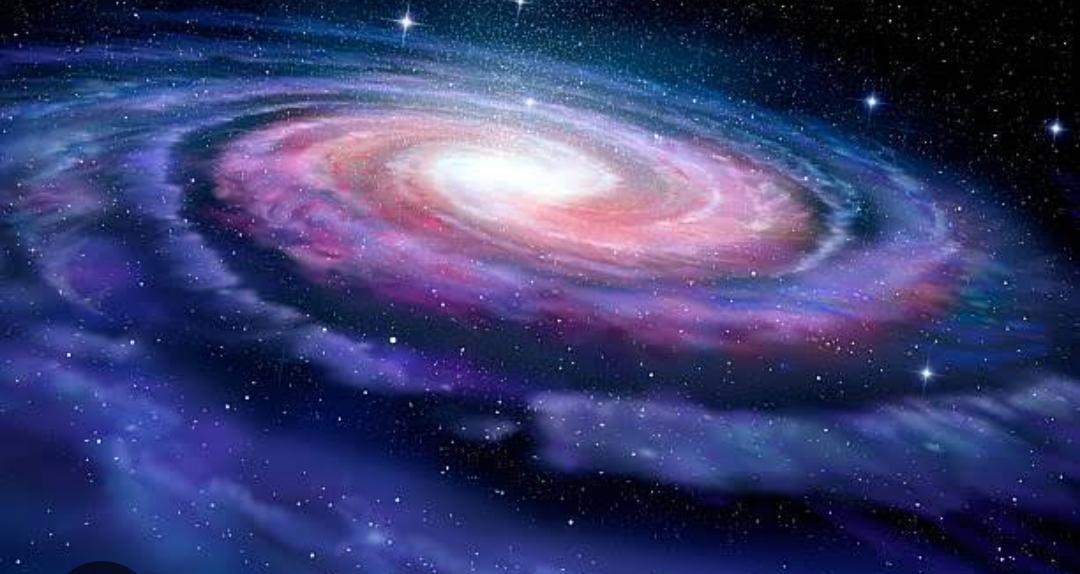Galaxies are vast, gravitationally bound systems composed of stars, gas, dust, and dark matter, spanning a wide range of sizes and shapes, with some containing billions of stars. They are classified as elliptical, spiral, or irregular, and many are thought to harbor supermassive black holes at their centers.
Here's a more detailed look at galaxies:
Composition:
Galaxies consist of stars, planets, vast clouds of gas and dust, and dark matter, all held together by gravity.
Size and Number:
Galaxies vary greatly in size, from dwarf galaxies with a few hundred million stars to giant galaxies with trillions of stars. Estimates suggest there are billions of galaxies in the observable universe.
Types:
Spiral Galaxies: These have a disk shape with spiral arms, like our Milky Way.
Elliptical Galaxies: These have a more spherical or elongated shape and contain older stars with less gas and dust.
Irregular Galaxies: These have no distinct shape and are the result of collisions or mergers.
Formation and Evolution:
Galaxies are believed to form from the gravitational collapse of gas and dust clouds, with their shape and structure evolving over time through mergers and interactions.
Supermassive Black Holes:
Many large galaxies are thought to have supermassive black holes at their centers, which can influence the galaxy's evolution.
Galactic Structures:
Galaxies are often found in groups or clusters, which in turn can be part of larger structures like superclusters.
Our Galaxy:
The Milky Way is a spiral galaxy that contains our solar system, and it is part of the Local Group, a cluster of galaxies that also includes the Andromeda Galaxy.
Intergalactic Medium:
The space between galaxies is filled with a tenuous gas called the intergalactic medium.

